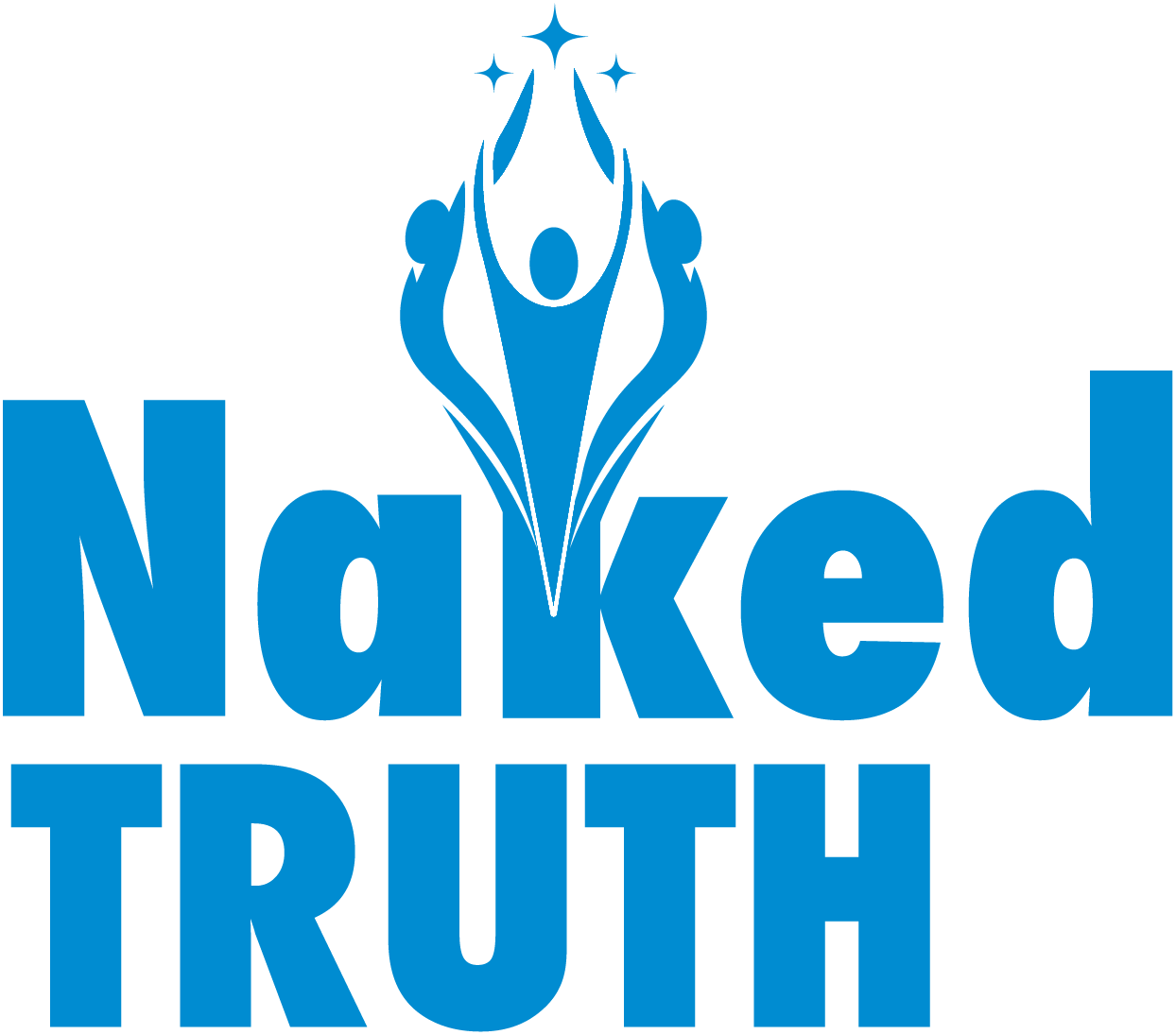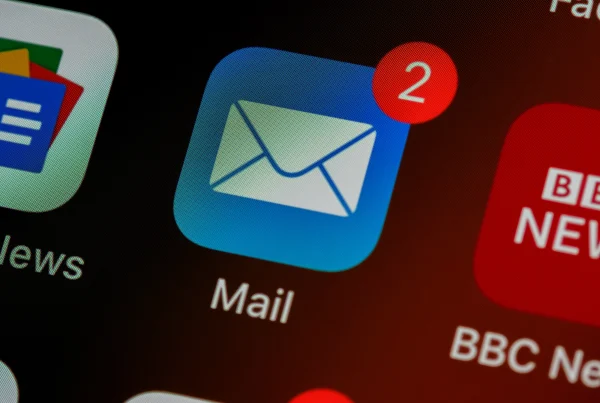Declining attention spans and the rapidly increasing volume of news, media and content makes for a nasty combination, especially if you are working in public relations.
Competition for attention is at an all-time high and low quality content just doesn’t cut it any more. Journalists, publications and media outlets are flooded with hundreds of emails each day and overwhelmed with information on the latest stories.
As a PR company representing clients, all of whom are doing purposeful, newsworthy work in their respective fields, how do we even begin to cut through the noise and get a press release out there?
Read on to learn our tried and tested techniques for creating the perfect press release to grab journalists’ attention.
What is the definition of a press release?
According to the BBC, “a press release is a communication, announcing a story to the public which is deliberately sent to journalists or media publishers in the hope they will publish the news contained in them.”
A press release may be created by in-house press officers or PR agencies on the behalf of clients. Press releases might aim to:
- Generate free publicity and attention for an organisation or individual
- Raise awareness about an issue
- Promote a particular new product, service, or event
- Improve your organisation’s reputation and credibility
- Boost your website’s SEO by gaining valuable links from news websites
So, in a world where attention is scarce, what qualities or attributes will give your communication the upper hand and inspire action from journalists and media publishers?
1. The press release must be punchy and concise.
Time is of the essence. The challenge here is to get to the point, accurately and eloquently. This is not the time for rambling prose. Journalists and media publishers need to be able to skim through your press release, quickly, and draw a clear picture of the story you are communicating in just a few paragraphs.
It’s important to make clear the purpose of the press release within the headline and first sentence. Don’t be afraid of using bullet points or sub-headings to make the release even easier to read, especially if your writing contains a lot of statistics – as any good press release should!
2. The press release must be valuable and relevant.
There is no way a story will make it past these first stages unless it has value and is relevant and newsworthy to an audience. With this in mind, make sure you are writing your information in a way that makes clear the value and relevance. Include hard facts and make sure to justify your claims.
On this note, ensure that you target those journalists and media publications for whom the story has relevance. In other words, once you have outlined the value, make sure you are sending your press release to the people who will recognise that value. You may need to write different versions of the same press release for different journalists and publications, changing the angle of the piece to better suit different audiences.
3. The press release must be grammatically flawless.
Grammatical and other errors in a press release signify, at the very minimum, a lack of care. If you do not take yourself or your story seriously, why should media houses and journalists take your press release seriously?
Ultimately, if a press release possesses these three qualities, it will have the best chance of cutting through the noise and drawing in journalists and outlets to get media coverage.
Press release example checklist
Want to know specifically what your press release should include? Here’s a step-by-step checklist with everything your release needs.
An attention-grabbing subject line
This is one of the key elements of a press release; it determines whether a busy journalist will open your email or send it straight to their trash folder. The subject line needs to be short, snappy, and to the point. Most importantly, it should make it instantly clear what the story is. Leave writing the punny headlines to the press — your job as a PR is to explain the story clearly in a few words and make a reader want to find out more.
An intriguing first line
Once they’ve opened the email, you need to keep them reading. The first line of your opening paragraph must summarise the story, adding more detail than the email subject line and keeping the journalist interested enough to continue reading the remaining paragraphs. Try to cover all the five Ws in the first line.
Dateline
A press release’s dateline contains both the release date and the location. This is essential to let reporters know that a press release is up-to-date and relevant to their audience. Put this at the beginning of your first paragraph for clarity.
Three or four paragraphs of body text
Press releases need to be short and to the point but they also need to get all the important information across. Three or four short paragraphs or around 300-400 words is the ideal press release length that we recommend sticking to.
Keep in mind that journalists and news sources may write up the story without any further contact with you so all the important details need to be in the email.
If you’re struggling to fit all the important information into this short word count, remember that contextual information about the organisation or company can be placed in the boilerplate instead.
The 5 Ws
A press release often follows the same inverted pyramid structure as a journalistic article; it’s essential that they also cover the all-important 5 Ws:
Who?
Who is this story about? Who are the important people involved? Who does it impact or benefit?
What?
What exactly is the story here? What is the new product or event you’re talking about? What is newsworthy about it? What are its impacts?
When?
When did/will this happen? Is it time sensitive? Is the timing significant?
Where?
Where is this happening? Where are people likely to be impacted?
Why?
Why is this news important right now?
Don’t forget to include facts and figures that provide context for why your release is newsworthy.
Don’t forget to include facts and figures that provide context for why your release is newsworthy.
An image
Photographs are a great way to grab your reader’s attention; they help convey your message and make it easy for publications to share your news. Don’t forget to add a caption to your photographs to give further detail such as listing who is in the image.
Even if you have lots of great pictures for your press release, try to limit it to just one. Too many pictures can clog a journalist’s inbox or even result in your email going straight to their junk folder. You can add a line telling the reader that more pictures are available on request.
Quotes
Journalists and editors will want interesting, high quality quotes from relevant sources, so don’t forget to include these when writing a press release.
As a general rule of thumb, quotations should provide insight, opinion, and a human touch to the piece. Don’t use quotes that simply explain facts or repeat the points in the rest of the press release, and avoid ones that use jargon or technical language. Instead, pick interesting and accessible quotes that add value for the reader.
A boilerplate
The boilerplate is a quick description of the organisation that gives important background information. By providing this extra context, you make it more likely that a journalist will pick up the story. This is usually a standardised paragraph that is included at the end of a press release.
Timing
Always write a note at the top of the release about timing, explaining whether it is ready for immediate release or is under embargo until a specific date. An embargo means that journalists cannot publish the story until the specified time but does not prevent them from reaching out for more details before that.
Contact details
In case journalists want more information not covered by your release or additional quotes, it’s important to list the relevant contact information at the end of a press release. This is often done by writing ‘Ends’ to indicate the end of the release and then adding below: ‘For further information, please contact …’
The listed contact details can be those of the press release writer or of an appointed person within the organisation. Providing a number is preferable because it makes it easier for journalists to get in touch quickly about the news story.
Final tips
With all this in mind, you’re ready to write your press release. Here are a few last tips to keep in mind:
- Email a press release separately to each journalist to make it seem more personal
- Include the release in the text of the email as well as in an attachment to make it easier for journalists to open
- Read the other stories by the journalists or featured in the publications you are targeting — this will give you hints about how to present your stories to grab their attention
- Always write in the third person
Struggling to produce a great press release that will cut through the noise and gain media coverage? We can help.
Naked Truth is a mission-led PR agency that can help organisations extend their work’s impact. With a commitment to social change, we help amplify the reach of clients who are socially conscious change-makers in their industries.
Contact us today and our expert Public Relations team can help your voice be heard.





